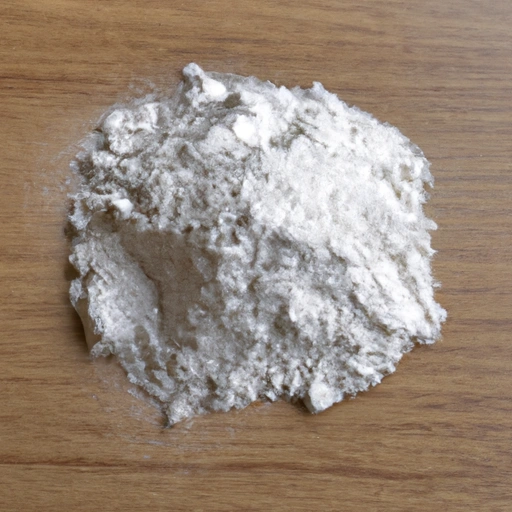Wine Yeast
Description

Wine yeast is a type of yeast specifically selected for fermenting wine. It plays a critical role in the winemaking process, converting the natural sugars found in grapes into alcohol and carbon dioxide through fermentation. Wine yeast also contributes to the flavor, aroma, and texture of the final product. Unlike regular baker's yeast, wine yeast is chosen for its ability to withstand higher alcohol concentrations and its characteristic influence on the wine's taste profile.
Common uses
Wine yeast is most commonly used in the fermentation of wine but is also employed in making other alcoholic beverages like cider and mead. Additionally, wine yeast can be found as a flavoring agent or nutrient supplement in food products.
Nutritional value
Calories
Wine yeast, when consumed in the minute quantities typically present in wine or food, contributes negligible calories to the diet.
Protein
As a form of yeast, it is a source of protein, providing a small amount of essential amino acids when used in larger quantities, such as in yeast nutrient blends for winemaking.
Fat
Wine yeast contains minimal fat, making it suitable for low-fat diets.
Carbohydrates
The carbohydrate content in wine yeast is primarily composed of mannans and glucans, which are complex polysaccharides.
Vitamins
Wine yeast is a good source of B-complex vitamins, particularly B1 (thiamine), B2 (riboflavin), B3 (niacin), and B6 (pyridoxine), crucial for metabolic functions.
Minerals
It contains minerals such as potassium and magnesium, which play important roles in numerous bodily processes.
Health benefits
Wine yeast may contribute to gut health due to its high content of beta-glucans, which are known for their immune-boosting properties. The presence of B-complex vitamins also supports overall health, aiding in energy production and red blood cell formation.
Potential risks
While wine yeast is generally safe for consumption, individuals with yeast allergies or sensitivities should avoid it. Excessive consumption in its concentrated form could lead to digestive upset due to its high fiber content.
Common recipes
In culinary applications, wine yeast is rarely used as a standalone ingredient but may be included in the form of deactivated yeast as a flavor enhancer or nutritional supplement.
Cooking methods
Wine yeast is not typically used in cooking methods but is primarily utilized in the fermentation process of winemaking.
Pairing with other ingredients
Wine yeast, through its role in winemaking, pairs well with a variety of foods depending on the type of wine produced. It can complement everything from cheeses and meats to desserts and fruits.
Summary
Wine yeast is an indispensable ingredient in winemaking, contributing to the unique flavors and characteristics of different wines. It is also a source of nutrients and has been used historically in various fermentation processes. While not commonly used directly in cooking, it provides health benefits and flavor to various food products when used in the appropriate form and quantity.